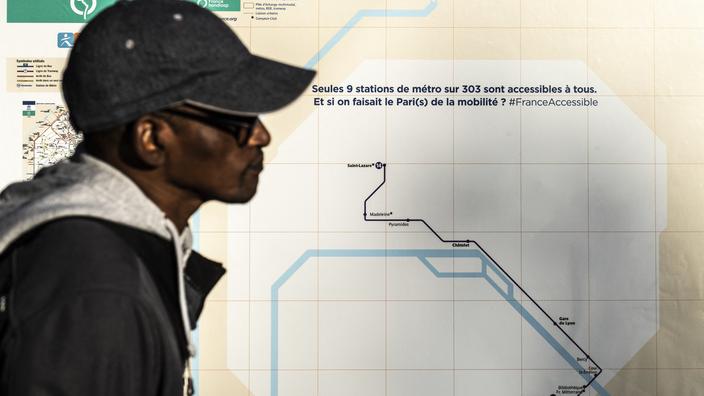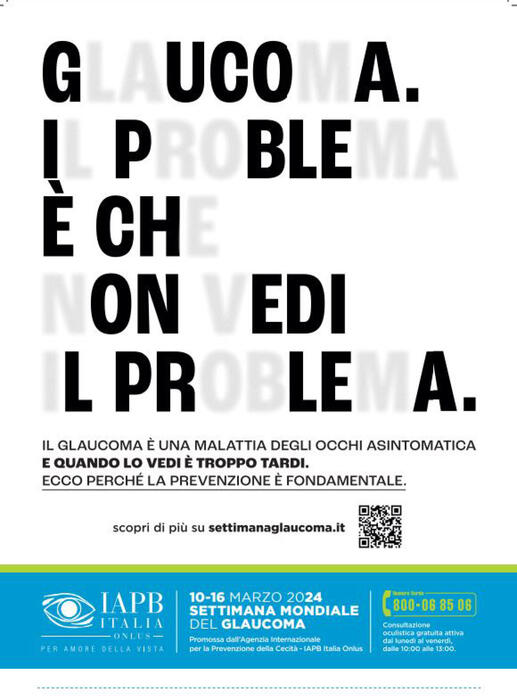Curious colored signs have appeared in recent weeks on train platforms and near bus stops at Versailles-Chantiers station.
Behind these shimmering colored posters, hide not a new exhibition of contemporary street art, but giant QR codes to guide visually impaired people to orient themselves during their transport journeys.
NaviLens technology, developed by a Spanish start-up, is currently being tested with visually impaired members of the Valentin Haüy association.
Read also: Keolis resists disaffection for transport
A guide route in QR codes
The network of QR codes is arranged along identified customer journeys.
Geolocated, users have access to the information contained in the codes using a smartphone application.
To capture these giant QR codes, however, there is no need to point a camera in any direction: NaviLens technology makes it possible to capture them at far distances, "
several tens of meters.
», And at significant angles, simply by holding your smartphone in your hand.
Once the QR codes have been scanned, the users of the application receive the information they contain through a voice announcement.
They will be able, for example, to identify the approaching buses, to know the times of the next passages in real time, to receive the description of a physical element, and guidance indications.
All this should facilitate the continuation of their journey.
Currently being tested around the Versailles-Chantiers station for the first time in France, NaviLens technology should make the movement of people with visual impairments between the train platforms and the bus station more fluid.
A promising solution
Manuel Pereira, head of the accessibility pole within the Valentin Haüy association, which acts for the visually impaired, and himself suffering from a visual handicap, shares his enthusiasm. “
It's a very promising solution
,” he says, emphasizing the low maintenance it requires and its moderate cost. Manuel Pereira recounts the difficulties encountered by visually impaired people during their journeys to "
know where the good branches are during connections, to know momentary obstacles or broken lifts for example
", so much information, "
both static and in real time
”that the application can give. "
She is even able to tell you if you are in the front or back door of the bus, which is very clever,
”he explains.
Only downside: having to hold your smartphone in your hand to capture the codes can be risky and is not very convenient when you already have to carry a cane or keep a guide dog on a leash.
Read also: Keolis redoubles its international ambition
Voice transmission in 33 languages
In addition to visually impaired travelers, NaviLens technology could also help foreign language tourists and travelers: the information contained in the QR codes can in fact be transmitted by the NaviLens GO application in thirty-three different languages. Outside the Paris region, the technology has already been used on public transport networks in several cities in Spain and the United States. Its experimentation in Versailles until July 2021 with a panel of visually impaired users will give rise to an evaluation of the routes supposed to allow users to gain autonomy during their journeys. Good news for the some 1.7 million blind and visually impaired people in France, two thirds of whom live in a large metropolitan area,who will benefit from the system if it becomes widespread.










/cloudfront-eu-central-1.images.arcpublishing.com/prisa/DIAGMBIFCBFTJADD5SB7GXXY2A.jpg)


/cloudfront-eu-central-1.images.arcpublishing.com/prisa/7FWSL2MJ4FD5TOM366ZNU2RLTU.jpg)

